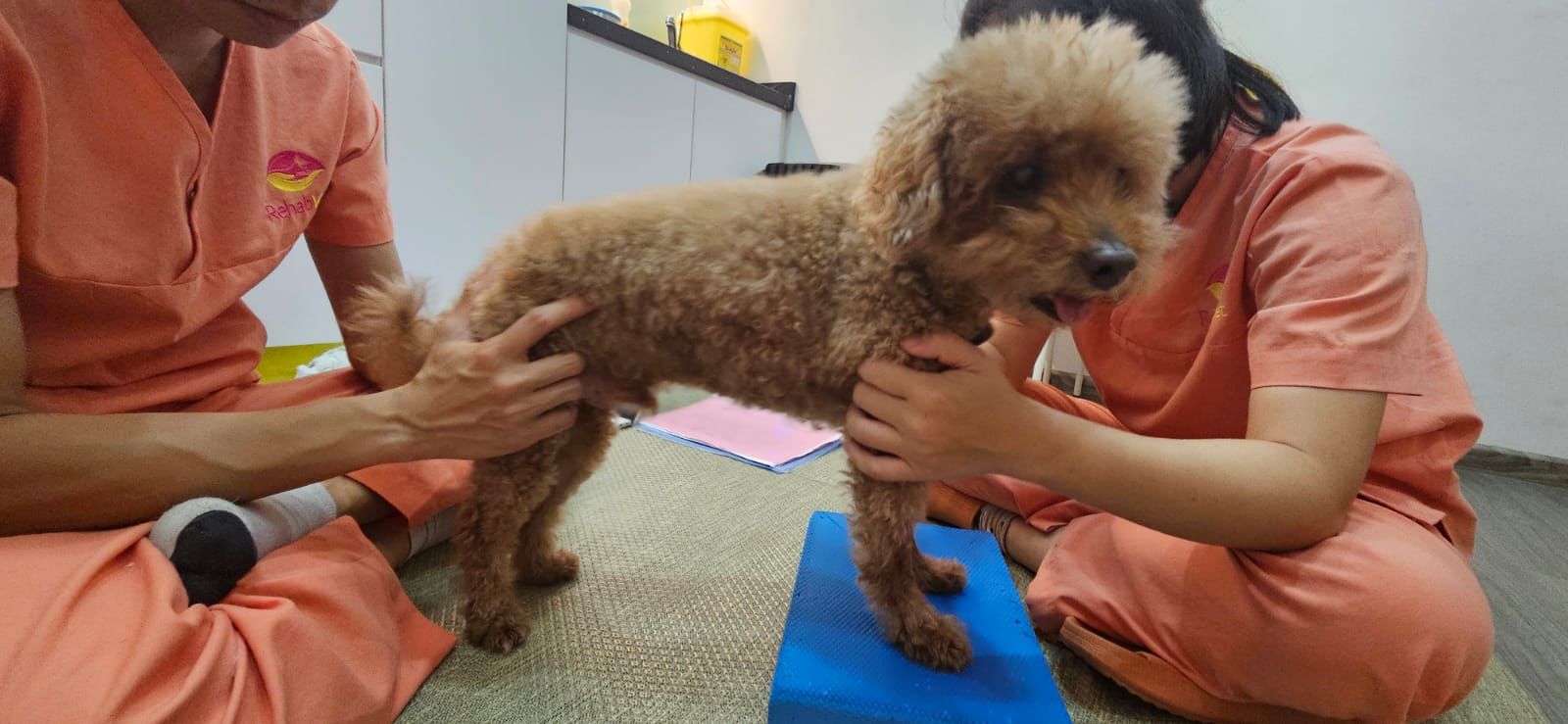
When our dogs experience weakness in their legs, it can be both distressing for them and concerning for us. Whether it’s the back legs, front legs, or a general unsteadiness, leg weakness can stem from various causes—ranging from minor injuries to more serious neurological conditions. In this blog, we’ll explore some of the most common reasons why your dog may be suffering from leg weakness and share practical advice on how you can support them on the road to recovery.
Why it happens:
Just like people, dogs can experience natural wear and tear on their joints as they age. Degenerative conditions such as osteoarthritis are frequent culprits behind leg weakness and discomfort. Cartilage breaks down over time, making movement more painful and leading to reduced muscle use—ultimately causing your dog’s legs to weaken.
How to help:
Why it happens:
IVDD occurs when the discs between your dog’s vertebrae degrade or slip out of place, pressing on the spinal cord. This can trigger a range of symptoms, from mild leg weakness to complete paralysis. Certain breeds (such as Dachshunds, Corgis, and Shih Tzus) are more prone to IVDD, but it can affect any dog, especially as they get older.
How to help:
Why it happens:
Degenerative myelopathy is a progressive disease affecting the spinal cord in dogs, often seen in breeds like the German Shepherd and Pembroke Welsh Corgi. It begins with subtle hind leg weakness and can progress to severe mobility issues. While the exact cause is not fully understood, a genetic component is strongly suspected.
How to help:
Why it happens:
If your dog has suffered a traumatic injury, nerve damage may affect leg strength. Other causes include diabetic neuropathy, infections, or inflammation affecting the nerves. Nerve-related issues often manifest as a lack of coordination, “knuckling” of the paws, or a total inability to bear weight on affected limbs.
How to help:
Why it happens:
Muscle atrophy occurs when your dog’s muscles waste away due to inactivity or reduced mobility. This might follow an injury, post-surgery recovery, or long-term confinement. Over time, weakened muscles can lead to further leg weakness and difficulty in bearing weight.
How to help:
Why it happens:
An acute injury (like a fracture, ligament tear, or sprain) can naturally result in leg weakness. Dogs are often stoic about pain, so it’s not always obvious that something is wrong until they struggle to put weight on the limb.
How to help:
Why it happens:
Sometimes, leg weakness can be attributed to bacterial, viral, or parasitic infections, as well as autoimmune conditions like immune-mediated polyarthritis (IMPA). These conditions can cause inflammation and pain in the joints or muscles.
How to help:
Veterinary Care
Your first step should always be a visit to a qualified vet. A full assessment—often including physical exams, blood tests, and imaging—can narrow down the cause of leg weakness. Early intervention can be key to preventing further deterioration.
Rehabilitation Options
Treatments like physiotherapy, hydrotherapy, acupuncture, and laser therapy can all improve mobility, reduce pain, and speed up recovery. Many dogs respond well to a combination of therapies for comprehensive relief.
Hyperbaric Oxygen Therapy (HBOT)
In certain cases of nerve damage, wound healing complications, or spinal injuries, hyperbaric oxygen therapy may help. By increasing oxygen supply to tissues, HBOT can potentially reduce inflammation and support faster tissue repair.
Lifestyle Modifications
Seeing your dog struggle with weak legs can be heartbreaking, but identifying the underlying cause and seeking prompt treatment can significantly improve their comfort and quality of life. From diagnosing the reason to exploring therapies like physiotherapy and hyperbaric oxygen treatment, there are myriad ways to help your dog regain strength and mobility.
If you’re concerned about your dog’s leg weakness or suspect an underlying condition, book an appointment with your vet today. Early intervention, coupled with a well-rounded rehabilitation plan, can make all the difference in getting your four-legged friend back on their paws—and living their best, happiest life.